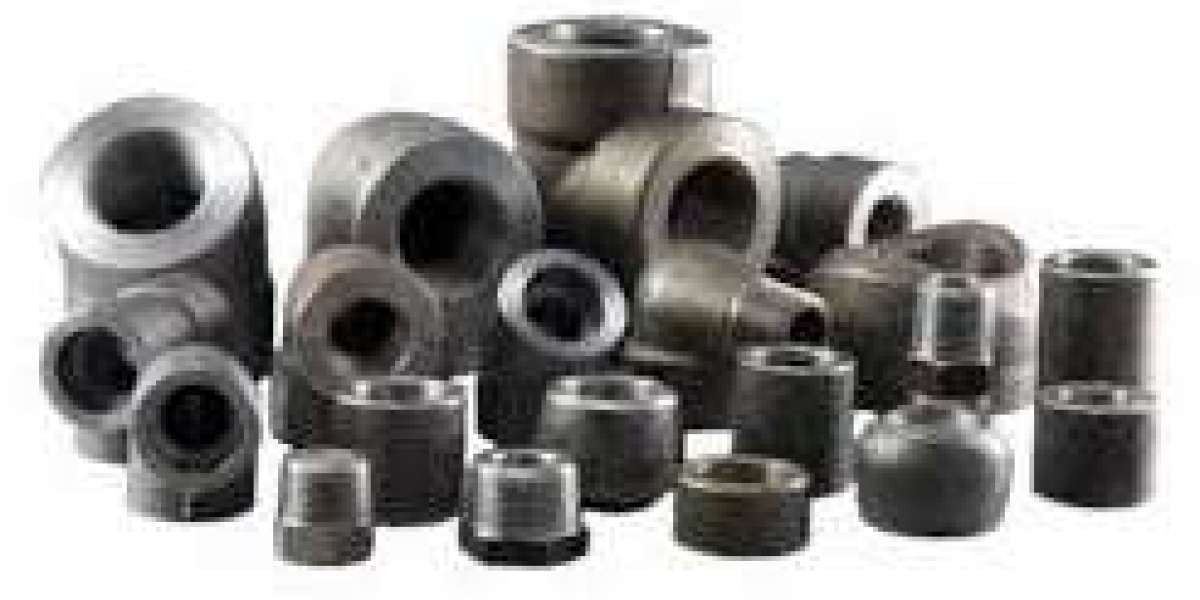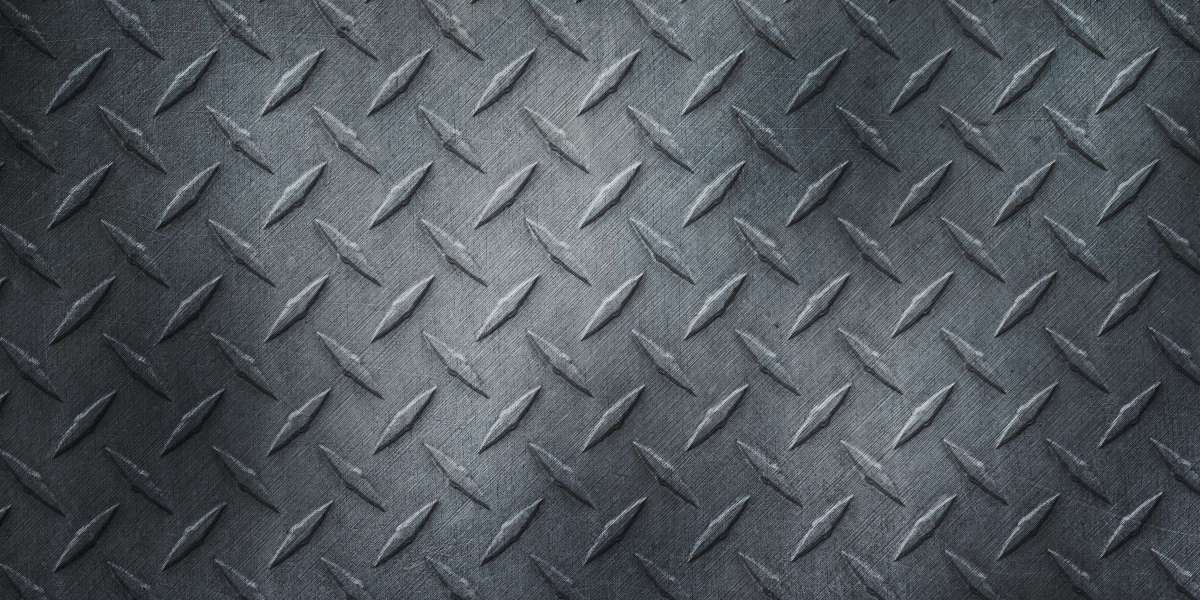Forged vs. Cast Fittings: Which One Should You Choose?
When it comes to piping systems and industrial applications, the choice of fittings can significantly impact the performance, safety, and longevity of your setup. Two of the most common types of metal fittings in use today are forged fittings and cast fittings. Understanding their differences, advantages, and limitations is crucial for engineers, contractors, and even DIY enthusiasts who want to make informed decisions. In this article, we will dive deep into the world of Forged Fittings, comparing them to cast fittings, and help you determine which one is best suited for your specific needs.
What Are Forged Fittings?
Forged fittings are manufactured using a process called forging, where a metal is heated to high temperatures and then shaped under high pressure using a die or hammer. This method compresses the metal's grain structure, resulting in a denser, stronger, and more durable material.
Key Characteristics of Forged Fittings
Strength: Forged fittings are known for their exceptional strength and ability to withstand high pressure and stress.
Durability: The forging process eliminates voids and defects, making these fittings more resistant to cracking and failure.
Precision: Forged fittings offer precise dimensions and tighter tolerances, which ensures a better fit in piping systems.
Safety: The enhanced structural integrity reduces the risk of leaks or failures in critical applications.
Common Applications
Forged fittings are commonly used in industries where safety and performance are paramount, including:
Oil and gas pipelines
High-pressure hydraulic systems
Power generation plants
Chemical processing industries
The use of forged fittings in these applications ensures reliability even under extreme conditions.
What Are Cast Fittings?
Cast fittings, on the other hand, are produced by pouring molten metal into molds and allowing it to solidify. This casting process allows for complex shapes and larger fittings, which might be difficult to achieve with forging.
Key Characteristics of Cast Fittings
Cost-Effective: Casting is generally less expensive than forging, especially for large or complex parts.
Versatility in Shapes: Cast fittings can be manufactured in intricate designs, making them suitable for specialized applications.
Material Waste Reduction: Casting produces less material waste compared to forging.
Common Applications
Cast fittings are ideal for applications where:
Pressure levels are moderate
Complex shapes are required
Budget constraints are a concern
Typical uses include water distribution systems, HVAC systems, and general industrial piping.
Forged Fittings vs. Cast Fittings: A Detailed Comparison
To make the best choice between forged and cast fittings, it’s essential to compare them across several critical factors:
1. Strength and Durability
Forged Fittings: The forging process aligns the metal’s grain structure, providing superior tensile strength and resistance to fatigue. This makes them ideal for high-pressure systems.
Cast Fittings: Casting can result in porosity or internal voids, which may reduce strength. While adequate for moderate pressures, they are more susceptible to cracks under extreme conditions.
Winner: Forged fittings
2. Cost
Forged Fittings: Generally more expensive due to the labor-intensive forging process and material requirements.
Cast Fittings: More cost-effective, especially for larger fittings or complex geometries.
Winner: Cast fittings
3. Accuracy and Tolerances
Forged Fittings: Offer tighter tolerances and consistent dimensions, reducing the likelihood of fitting errors.
Cast Fittings: Slight dimensional inaccuracies may occur due to mold shrinkage or metal flow characteristics.
Winner: Forged fittings
4. Corrosion Resistance
Forged Fittings: Typically more resistant to corrosion due to denser metal structure.
Cast Fittings: May have minor porosity that can trap moisture and accelerate corrosion over time.
Winner: Forged fittings
5. Weight and Design Flexibility
Forged Fittings: Generally heavier per unit due to denser metal, but limited in complex shapes.
Cast Fittings: Lighter for large sizes and allows more complex designs, which is beneficial in architectural or custom piping applications.
Winner: Cast fittings (for design flexibility)
Advantages of Choosing Forged Fittings
High Pressure Capability: Forged fittings are ideal for systems operating at high pressure or high temperatures.
Longevity: Due to their strength and resistance to wear, forged fittings have a longer service life.
Reliability: Reduced risk of sudden failure ensures safety in critical operations.
Better Mechanical Performance: Forged fittings handle stress, impact, and vibration more effectively than cast fittings.
Advantages of Choosing Cast Fittings
Lower Production Cost: Less expensive to manufacture, making them ideal for budget-conscious projects.
Complex Shapes: Can accommodate intricate designs or unique system requirements that forged fittings cannot.
Larger Size Options: Easier to produce in large dimensions without requiring extreme pressure or machinery.
Efficient for Moderate Applications: Sufficient for non-critical systems with moderate pressure or temperature.
How to Choose Between Forged and Cast Fittings
The choice between forged fittings and cast fittings largely depends on your specific application requirements. Here are some considerations:
Pressure Requirements: High-pressure systems favor forged fittings due to their strength.
Cost Considerations: If budget constraints are tight and the system operates at moderate pressures, cast fittings may suffice.
Complexity of Design: For intricate piping networks requiring unique shapes, cast fittings provide more flexibility.
Longevity and Maintenance: Forged fittings require less maintenance and provide a longer operational lifespan.
Safety Requirements: For critical applications like oil and gas or chemical processing, forged fittings are typically preferred due to their superior reliability.
Maintenance Considerations
While both forged and cast fittings require proper maintenance, the differences in material structure impact how they perform over time:
Forged Fittings: Less prone to cracking, corrosion, or deformation. Routine inspections are usually sufficient.
Cast Fittings: More susceptible to internal defects and corrosion, especially if exposed to aggressive chemicals or extreme temperature variations. Periodic inspections and maintenance are essential to prevent leaks or failures.
Industry Standards and Certification
When choosing fittings, ensure compliance with industry standards, such as ASTM, ASME, or ISO certifications. Forged fittings often meet more stringent standards due to their application in high-pressure and high-temperature systems. Cast fittings also adhere to standards, but their use is generally limited to less critical applications.
Conclusion: Forged Fittings or Cast Fittings?
The decision between forged and cast fittings comes down to a balance between strength, cost, design flexibility, and application requirements.
Choose forged fittings if you prioritize strength, durability, safety, and high-pressure capability. They are the go-to choice for critical industrial applications, despite their higher cost.
Choose cast fittings if your project requires complex shapes, large dimensions, or budget-friendly solutions in moderate-pressure systems.
Ultimately, understanding the differences between forged and cast fittings ensures that your piping system operates efficiently, safely, and reliably. For high-stakes applications where failure is not an option, investing in forged fittings is a decision that pays off in the long run.














